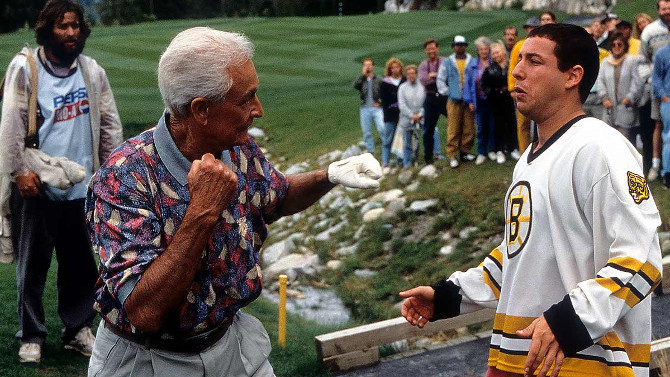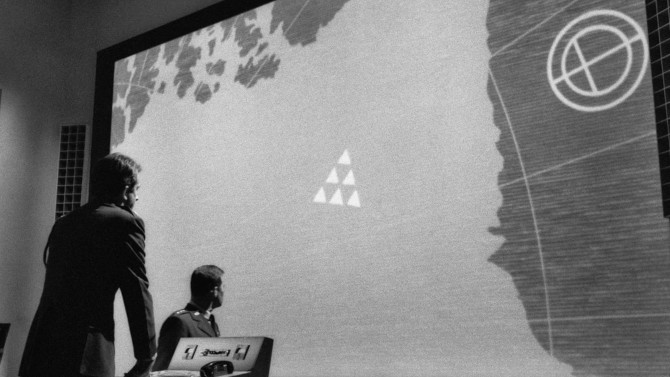
Safety First
Like a severe and utterly serious version of Stanley Kubrick’s 1964 satirical dark comedy Dr. Strangelove or: How I Learned to Stop Worrying and Love the Bomb, you would think that Fail Safe would have been the original release in theatres that was then later spoofed, yet that is not the case. Released approximately six months later in the same year, as you might imagine, it led to very poor returns at the box office – dare I say it (as the film deals with this subject matter)... it was a bomb! Despite that, over time, it has become a bonafide classic. Based upon Eugene Burdick’s 1962 novel of the same name and directed by Sidney Lumet (Dog Day Afternoon), he introduces us to our main players by way of little vignettes.
-
Star Pick with Oliver Phelps
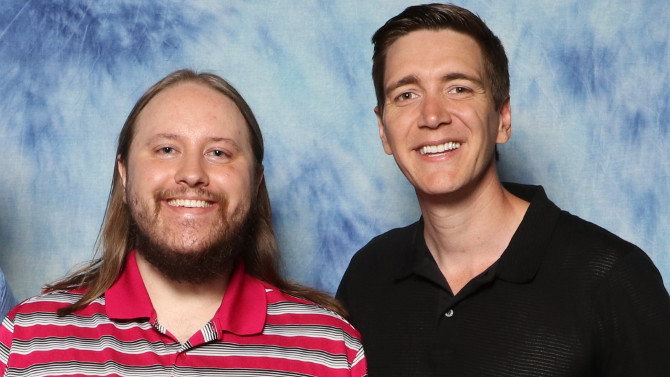 Happy EndingHappy GilmoreApril 1, 2020
Happy EndingHappy GilmoreApril 1, 2020To bring you back to a Star Pick interview I posted a few months ago, actor James Phelps revealed his favourite film to me as his brother prodded him playfully – here is the entertaining retelling: a self professed history buff, as James spoke of his love of the film The Lives of Others (its engrossing story, fascinating characters and intriguing visuals immediately catching his cinematic eye), Oliver chimed in, with a rascally smile – “It’s also because he is a secret Communist”. . . James firing back, “I wouldn’t go that far” – his own face featuring an impish grin. Capturing the same dynamic found in their most famous roles, the pair are like a vaudeville act, finely tuned, James playing the straight man to Oliver’s more overt comedic personality. The famed Weasley twins from the Harry Potter franchise, the pair are known the world over as the scampish older brothers of Ron – roles that provided them with many of the best laughs found throughout the eight movies. Having left you hanging a bit longer than you might have liked, I am sure that many of you have probably been wondering just what Oliver chose as his favourite film.
-
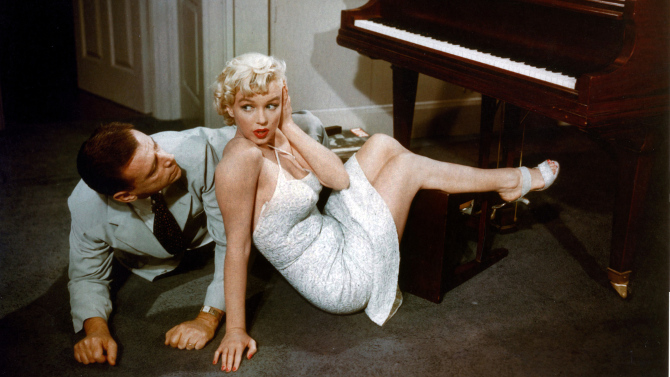
Hot Summer Night
The Seven Year ItchMarch 22, 2020Every once in a while, a scene, or to break it down even further, a moment, forever captures the zeitgeist of the cinema world. . . more long lasting and memorable than the movie ever could be. By now, you may have already guessed that I am talking about the breezy subway grate blowing up Marilyn Monroe’s flowy white dress (cooling her down on a hot summer’s night) in The Seven Year Itch (1955). Funnily enough, the press generated from the scene’s filming in New York City (the excitement of over five thousand fans watching them shoot and then spreading the word. . .along with the risqué-for-the-time photographs that circulated around the world) brought people into theatres to experience a moment that could never truly match up with what was broadcast. . . for the Hays code would never allow the revealing extent shown before the release to be seen on screen – though that is not to say that it is still not a fabulous clip. . . and I’m here to also say, so is the film.
-
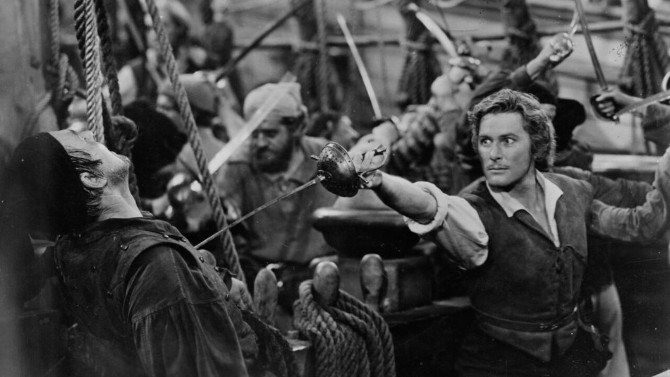
Get Your Sea Legs Ready
The Sea HawkMarch 9, 2020A night (or matinee) at the movies isn’t what it used to be. Now, we’re lucky if we see two trailers, the rest of the lengthy pre-show being packed with commercials that frustrate – bringing the atmosphere down several notches. Drawing your attention to what you would have seen circa 1940, you would have experienced a newsreel, followed by a live action short, then an engaging cartoon. . . all of this leading into the main event (the trailers running after the film’s closing. . . if you’ve ever wondered why they are called trailers, now you know). Flashing back to August 1940, air conditioned audiences would have witnessed the visual horrors of the war – specifically, the bombing of Britain (which started in July), these realities then leading into Alice in Movieland – a short depicting the dream machine that is Hollywood leading a girl to fame and glory (a fascinating watch due to its young lead – soon to be star Joan Leslie; How to Marry a Millionaire director Jean Negulesco’s direction [this a much earlier work]; and perhaps more than anything else, a screenplay written by young journalist Ed Sullivan – long before his rise to fame).
-
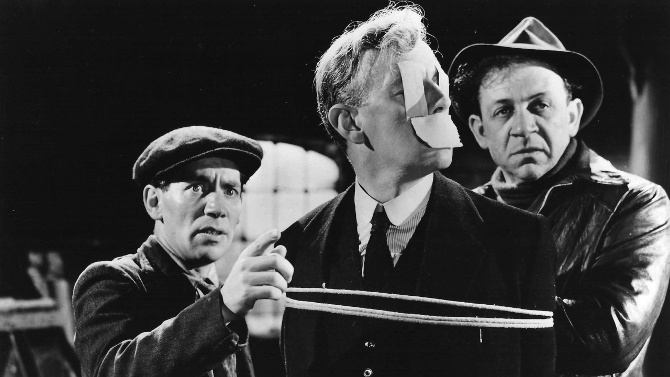
Not Your Typical Mob Movie
The Lavender Hill MobJanuary 21, 2020Ranked as the 17th greatest British film of all-time by the British Film Institute (and perhaps a bit more surprisingly, finding itself on the Vatican’s top 45 “great films” – in the “art” category), 1951's The Lavender Hill Mob, written by T.E.B. Clarke (winning him the Oscar for Best Writing, Story and Screenplay) and directed by Charles Crichton (A Fish Called Wanda), is a clever send up of the crime caper. Setting out to write an authentic crime story, Clarke actually went to the Bank of England, looking for advice. The Bank formed a special committee, the screenwriter asking numerous questions as they basically laid out the only way such a heist could work (by today’s standards, this seems absolutely ludicrous), meaning that, what we see in this 1951 feature is an accurate portrayal of what it would have taken to rob this iconic institution.
-
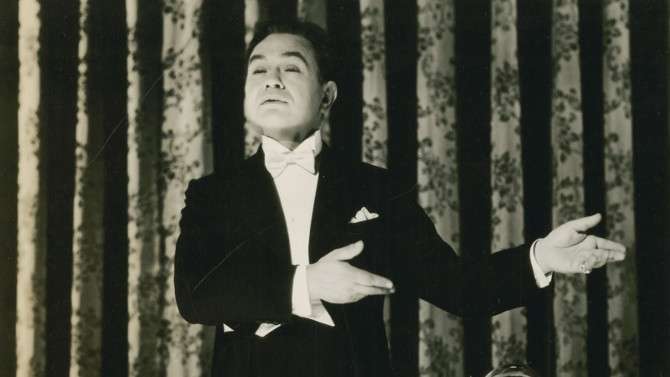
Twinkle Twinkle Little Stars
Night Has a Thousand EyesNovember 17, 2019Twisting the twinkling night sky into a harbinger of doom, 1948's Night Has a Thousand Eyes is a classic film noir that delves into the inexplicable realm of parapsychology. Based upon a novel of the same name written by iconic crime scribe Cornell Woolrich (and adapted by Barré Lyndon and Jonathan Latimer), John Farrow (Where Danger Lives; Around the World in 80 Days) directs this intriguing story. Opening in dramatic fashion, we witness a last second rescue of a young woman attempting suicide late one night at a bustling industrial railway depot (a stunning visual sequence).
-

French Kiss… Of Death
So Dark the NightNovember 15, 2019An overtly cheerful vacation romp to the French countryside. . . until it isn’t, 1946's So Dark the Night, directed by Joseph H. Lewis (Gun Crazy), transforms from unexpected romance to film noir murder mystery in the blink of an eye. Following famous Parisian detective Henri Cassin (Steven Geray), the man is finally getting his long awaited vacation. Though those within the station talk about his recent stress level, the portly, closing-in-on-retirement detective seems in very good spirits.

